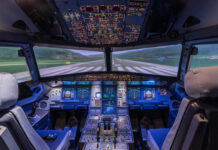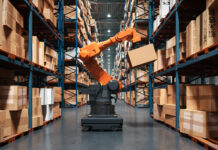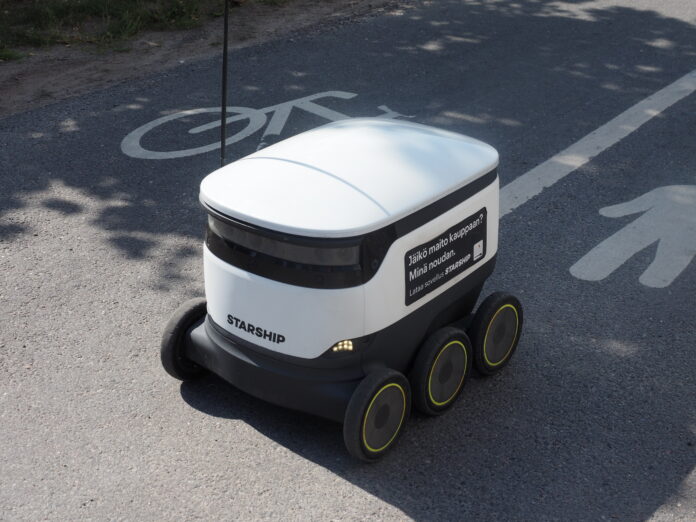
Last-mile delivery is undergoing a change driven by rapid advancements in technology. E-commerce continues to surge, and the pressure to deliver packages faster, more efficiently, and more reliably has never been greater. In response to these challenges, innovative solutions such as drones, robots, and autonomous vehicles are revolutionizing the last-mile delivery landscape. This article explores the latest developments in these delivery methods and their integration with fleet safety and route planning software.
Drones: Soaring to New Heights in Delivery
Unveiling the Potential of Aerial Deliveries
Drones have captured the imagination of consumers and businesses alike. These unmanned aerial vehicles offer the potential for swift and direct deliveries, bypassing traffic congestion and reducing delivery times. With the capacity to navigate even the most challenging terrains and urban environments, drones are emerging as a promising option for last-mile deliveries.
Navigating the Regulatory Sky
While the potential of drones in last-mile delivery is evident, there are regulatory and operational challenges that must be addressed. Ensuring the safe and compliant operation of drones within urban areas requires coordination with aviation authorities and the development of sophisticated air traffic management systems. As regulations evolve, drones hold the potential to revolutionize the final leg of the delivery journey.

Robots: The Ground-Based Delivery Workforce
Rolling Out Robot Deliveries
Ground-based robots are another innovation making waves in last-mile delivery. One notable player in this field is the Starship Delivery Robot, developed by Starship Technologies. These robots, resembling small, sleek containers on wheels, have garnered attention for their ability to autonomously navigate sidewalks and local streets. Equipped with an array of sensors and cameras, they can detect obstacles, avoid pedestrians, and even cross roads safely. The Starship Delivery Robot has demonstrated the potential to revolutionize urban deliveries, with the capability to transport groceries, packages, and essentials to consumers’ doorsteps efficiently.
Integrating Fleet Safety Measures
The integration of fleet safety features in robot deliveries, exemplified by the Starship robot, is paramount. These robots traverse dynamic environments, requiring advanced sensor systems, obstacle detection technology, and adherence to traffic regulations. Innovations in AI-driven navigation, real-time monitoring, and predictive analytics are pivotal in ensuring that robot deliveries operate safely and seamlessly, contributing to the transformation of last-mile delivery.
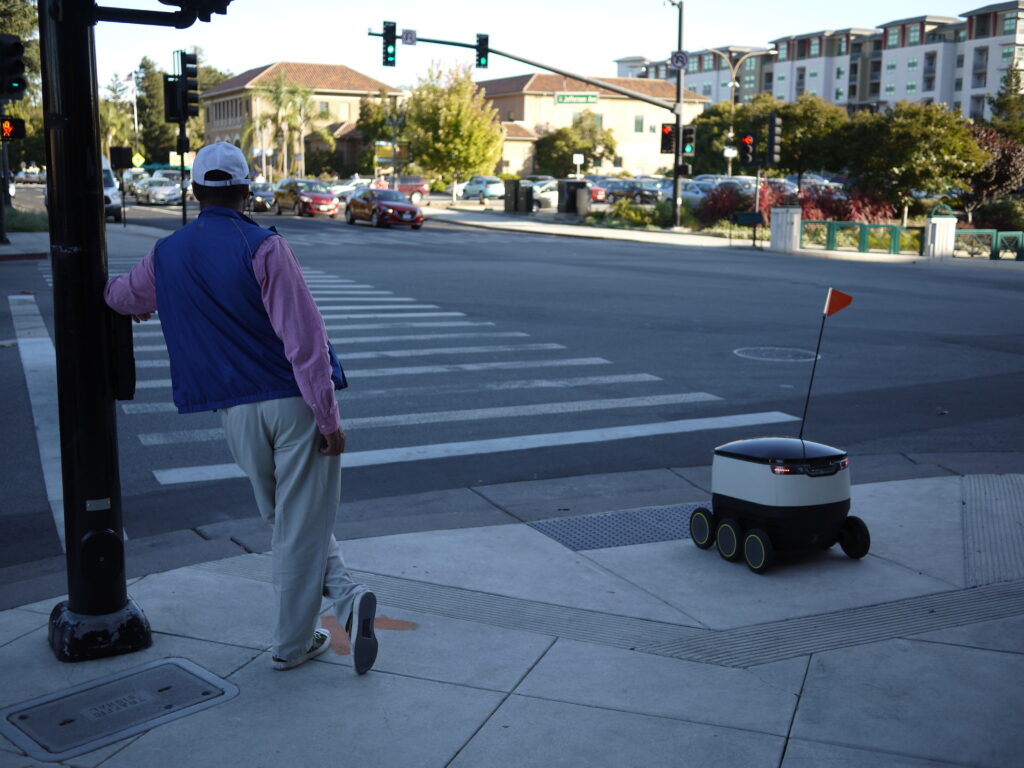
Autonomous Vehicles: Driving the Future of Delivery
The rise of autonomous vehicles has the potential to reshape the delivery landscape. Major players in the tech and automotive industries are investing heavily in the development of self-driving vehicles, aiming to leverage their precision and adaptability. These vehicles can seamlessly navigate through diverse traffic conditions while optimizing routes for efficient deliveries. The prospect of minimizing human error and enhancing delivery speed is a driving force behind the growing interest in autonomous delivery vehicles.
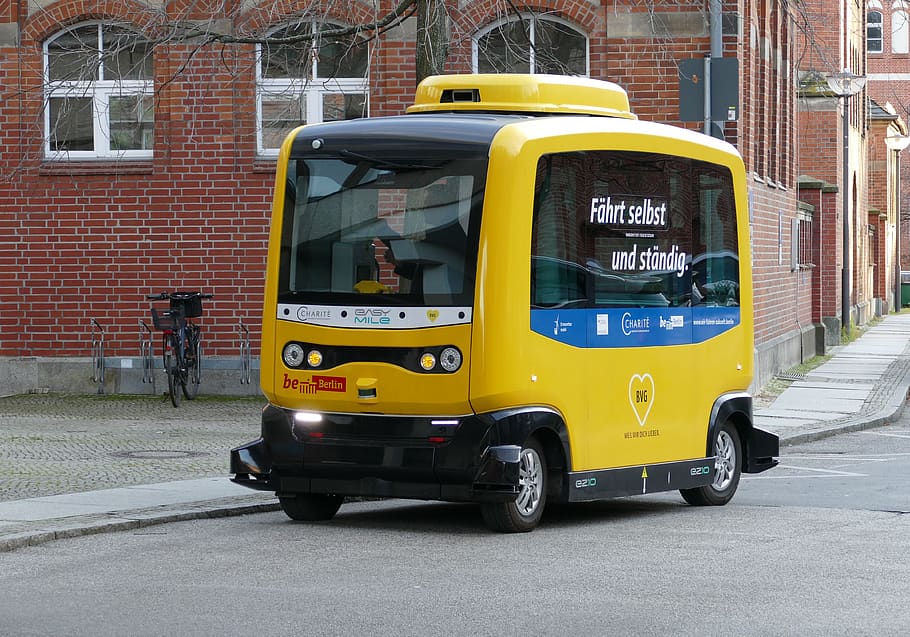
Route Planning Software: The Backbone of Efficient Deliveries
Navigating Complexity with Technology
Behind the scenes of these innovative delivery methods, sophisticated route planning software plays a pivotal role. The optimization of delivery routes is essential for minimizing travel time, reducing fuel consumption, and enhancing overall delivery efficiency. Advanced algorithms take into account factors such as traffic patterns, road closures, and customer locations to create optimal delivery routes.
A Holistic Approach to Fleet Safety
Route planning software goes beyond efficiency; it also contributes significantly to fleet safety. By selecting routes that prioritize well-lit streets, low traffic density, and safe road conditions, delivery vehicles—whether drones, robots, or autonomous cars—can avoid potential hazards and optimize fleet safety.
Embracing a New Era of Last-Mile Delivery
The landscape of last-mile delivery is undergoing a remarkable transformation driven by drones, robots, and autonomous vehicles. These innovations hold the potential to revolutionize the speed and efficiency of package delivery while addressing challenges related to fleet safety. As technology continues to advance, the seamless integration of these solutions with route planning software will play a crucial role in shaping the future of last-mile deliveries. While challenges such as safety concerns and regulatory frameworks persist, the industry is moving closer to a future where the last mile is not just the final stretch of a delivery, but a testament to human ingenuity and technological progress.

